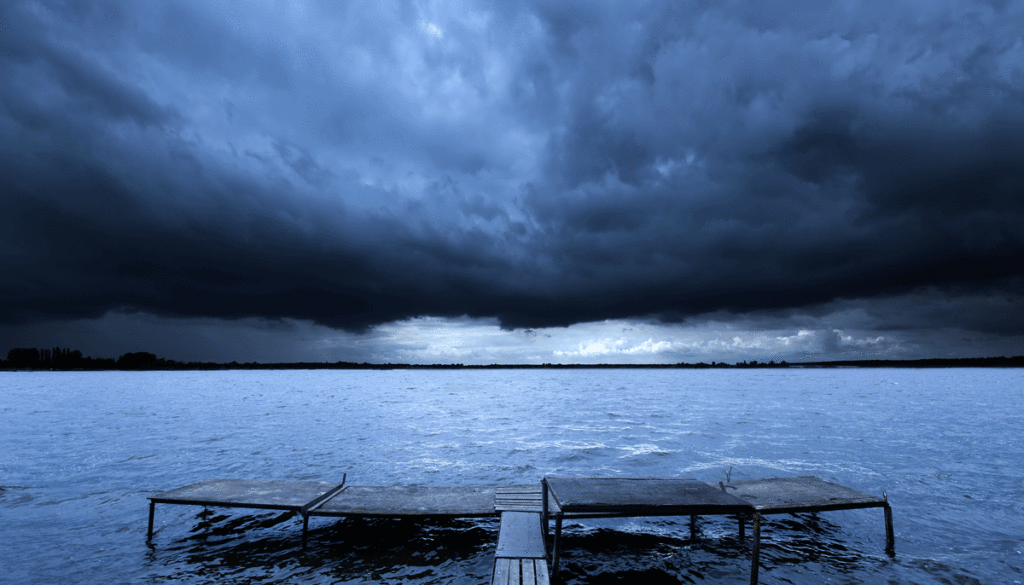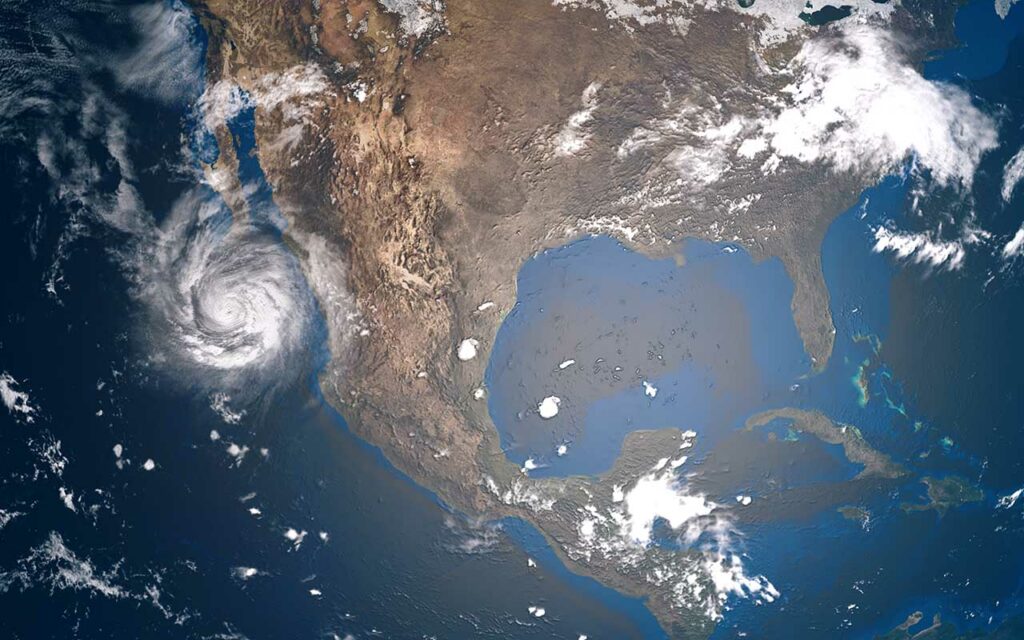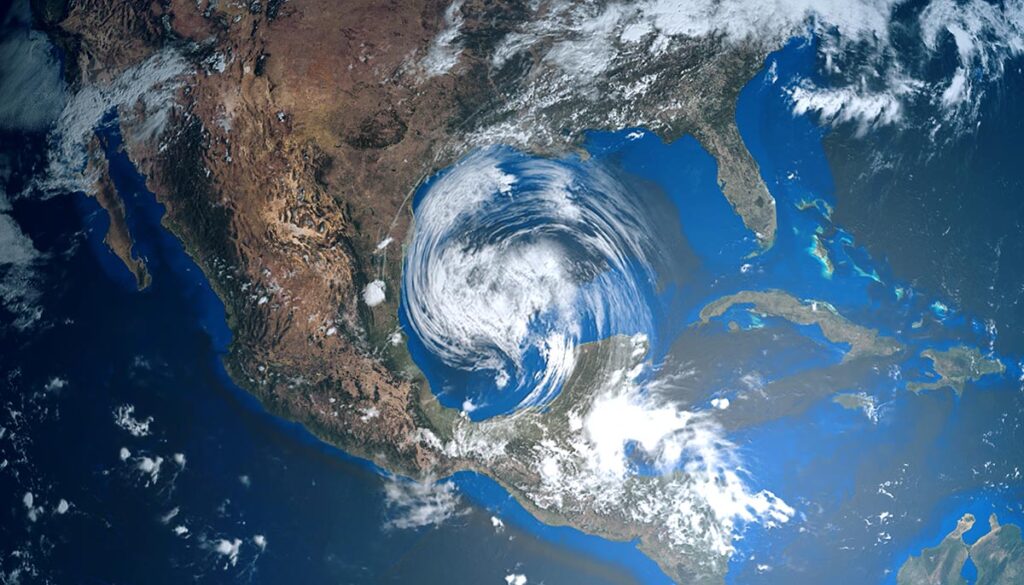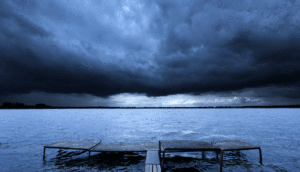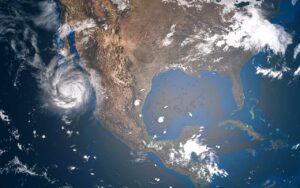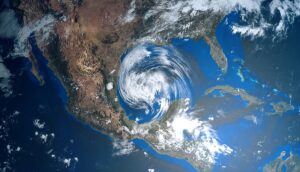In early October 1893, a massive tropical storm swept in from the Gulf of Mexico to devastate the Louisiana island of Chenière Caminada. Also known as the Great October Storm, it was part of the unusually active 1893 Atlantic Hurricane Season. In total, it claimed more than 2,000 lives, owing mainly to its terrifying storm surge that swept over the Louisiana island.
Storm History
Coastal regions relied on reports from boats to hear about hurricanes before advanced warning techniques like storm radar existed. On September 27, 1893, a ship spotted a tropical depression in the northwest Caribbean Sea. Before the 1950s, hurricanes weren’t assigned names by meteorologists. Instead, they often got named for the month they occurred in or the area where they caused the most damage.
The Chenière Caminada storm likely formed from a trough of low pressure off the east coast of Honduras. Two other tropical cyclones of the 1893 hurricane season took shape this way. By September 28, the storm developed into a hurricane while it moved northwest.
It made landfall over the Yucatan Peninsula on September 29. The town of Cancun experienced heavy rainfall and winds approaching 90 miles per hour, but the storm weakened considerably upon impact with the region.
Strengthening and Second Landfall
After moving northwest away from the Yucatan Peninsula, the hurricane strengthened over the warm waters of the Gulf of Mexico. A lack of wind shear and unseasonably warm waters helped the storm rapidly intensify. On October 1, weather stations reported the storm as a Category 4 hurricane. It contained wind speeds over 130 miles per hour, making it a threat to coastal regions.
The storm made a sharp eastward turn as it brushed across southeast Louisiana. Its most devastating landfall occurred on October 2, on the island that lends its name to the hurricane: Chenière Caminada. The cyclone demolished the small fishing village of roughly 1,500 people with raging winds and a 16-foot storm surge.
Seawater roared up the shore and swept homes and businesses away. Nearly half of the islands’ residents lost their lives in the appalling flood. The lack of early warning systems prevented the village from organizing an effective evacuation ahead of the cyclone’s arrival.
Southeast Impact
After demolishing Chenière Caminada, the hurricane turned to the east and rampaged across the Southeastern US. It was responsible for devastating orange and rice harvests that year, creating an economic ripple effect for the region. Nearly 1,300 people lost their lives as a result of widespread flooding.
Estimates from the time hold that the cyclone caused $5 million in damage. Adjusting for inflation, that’s roughly $105 million today. Numerous fishing vessels and merchant ships were destroyed by the storm, too, as it passed over a busy and wealthy region of the Southeast.
Following the storm, the villagers mostly abandoned the island of Chenière Caminada. Most residents mostly moved elsewhere rather than deal with the soaked and demolished remains of the place they once called home. While a few survivors rebuilt, hurricanes throughout the 1890s repeatedly hammered the region, eventually pushing all semblance of civilization off the island. To this day, the island remains uninhabited.

